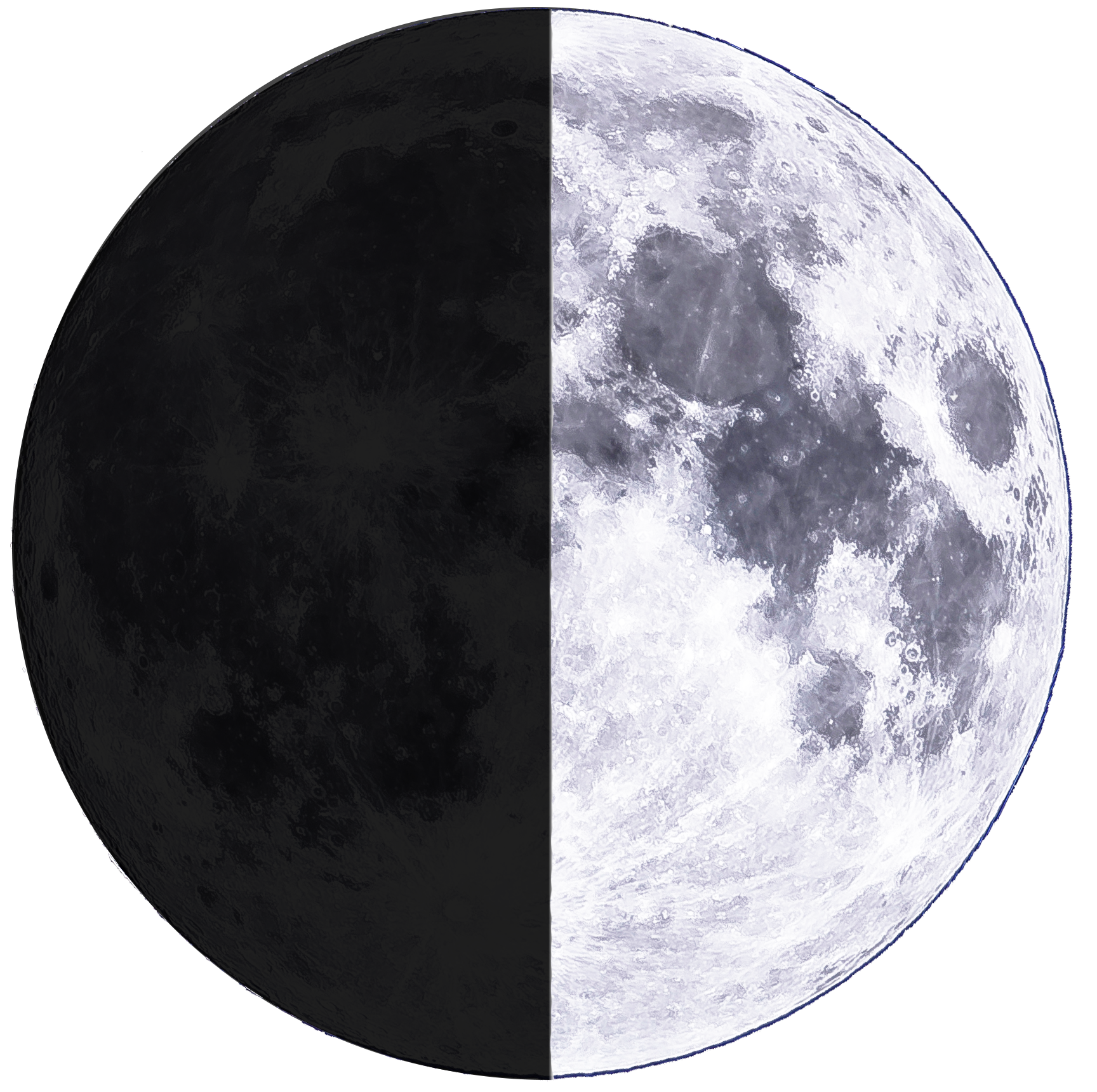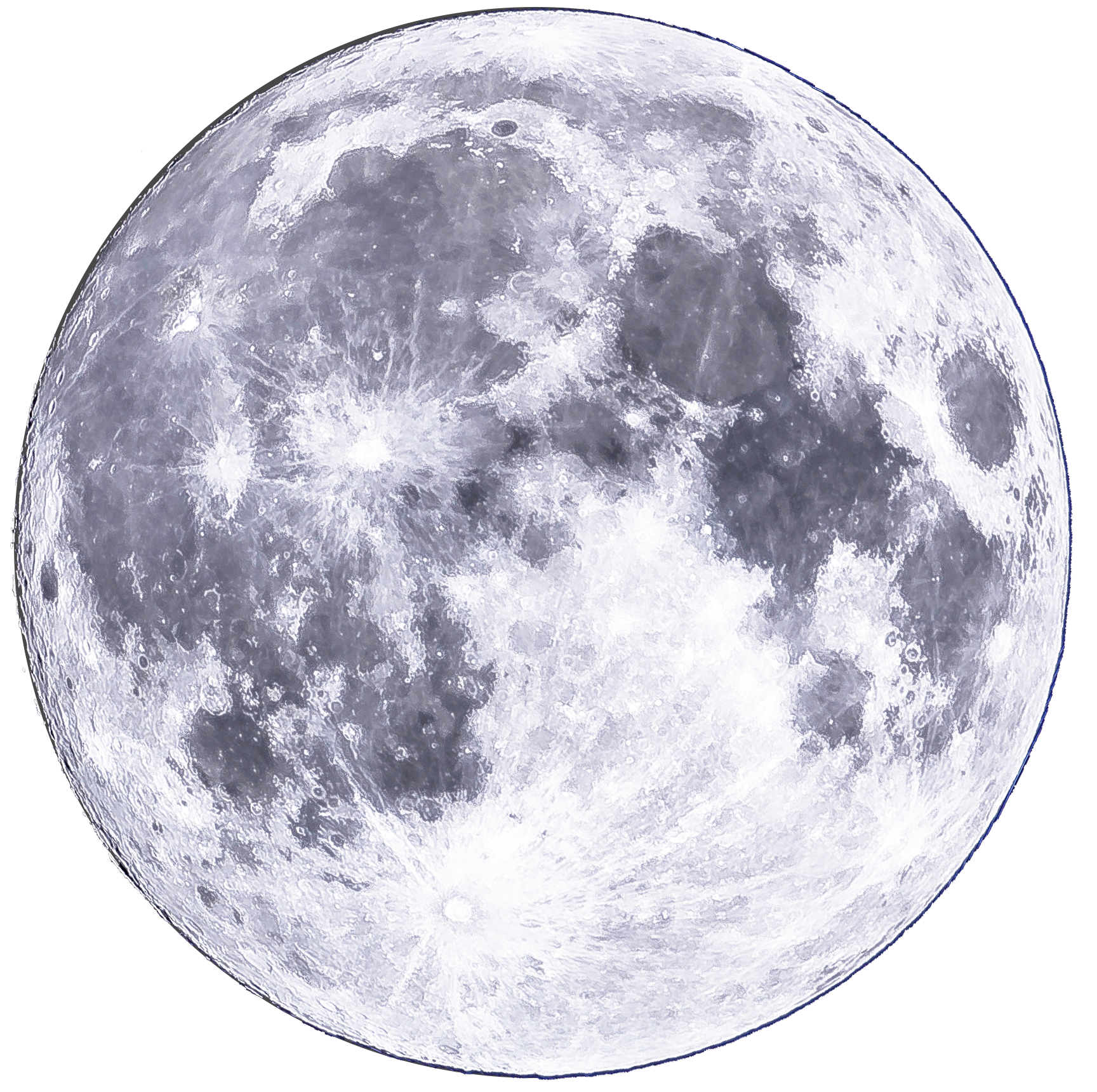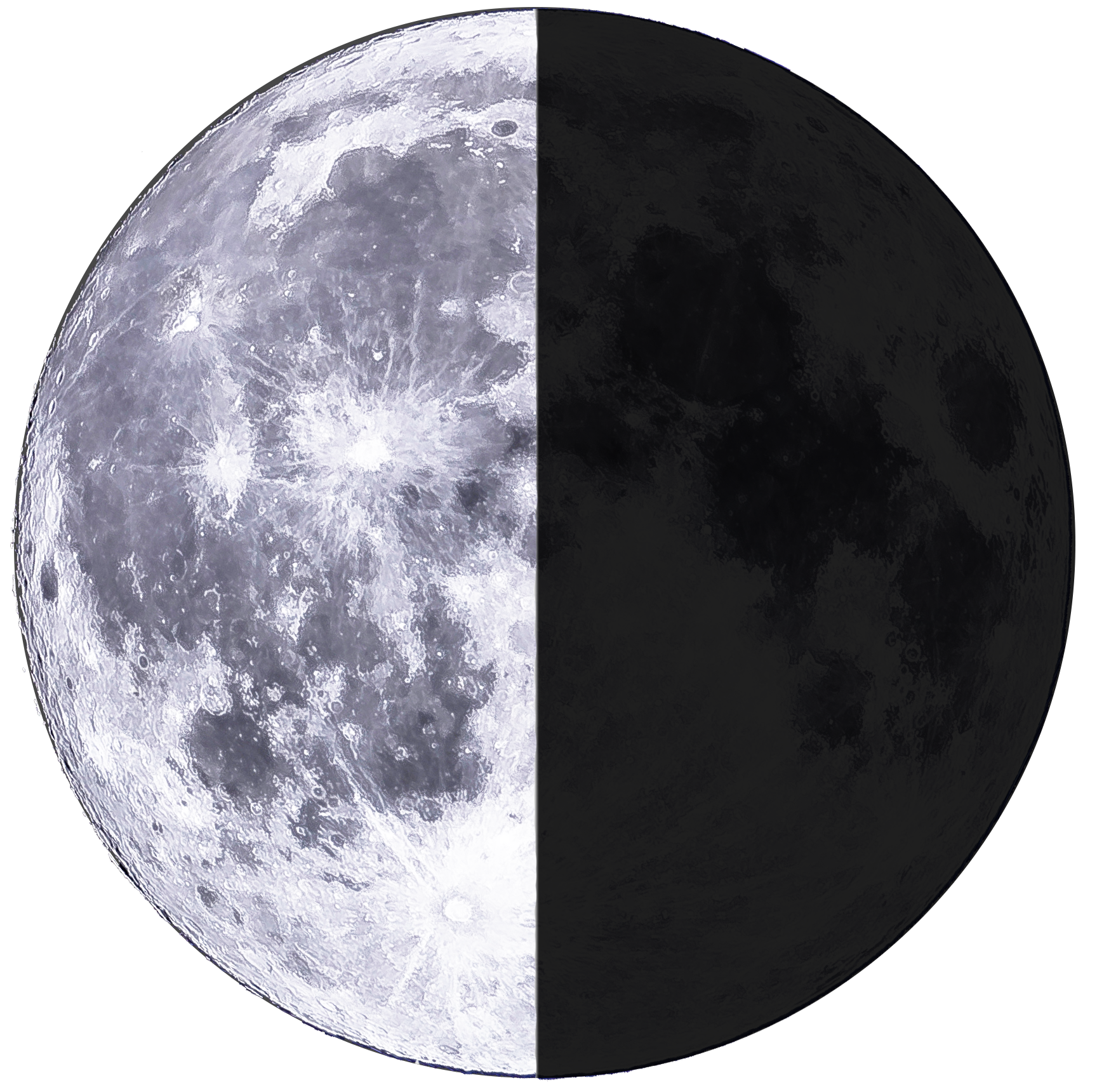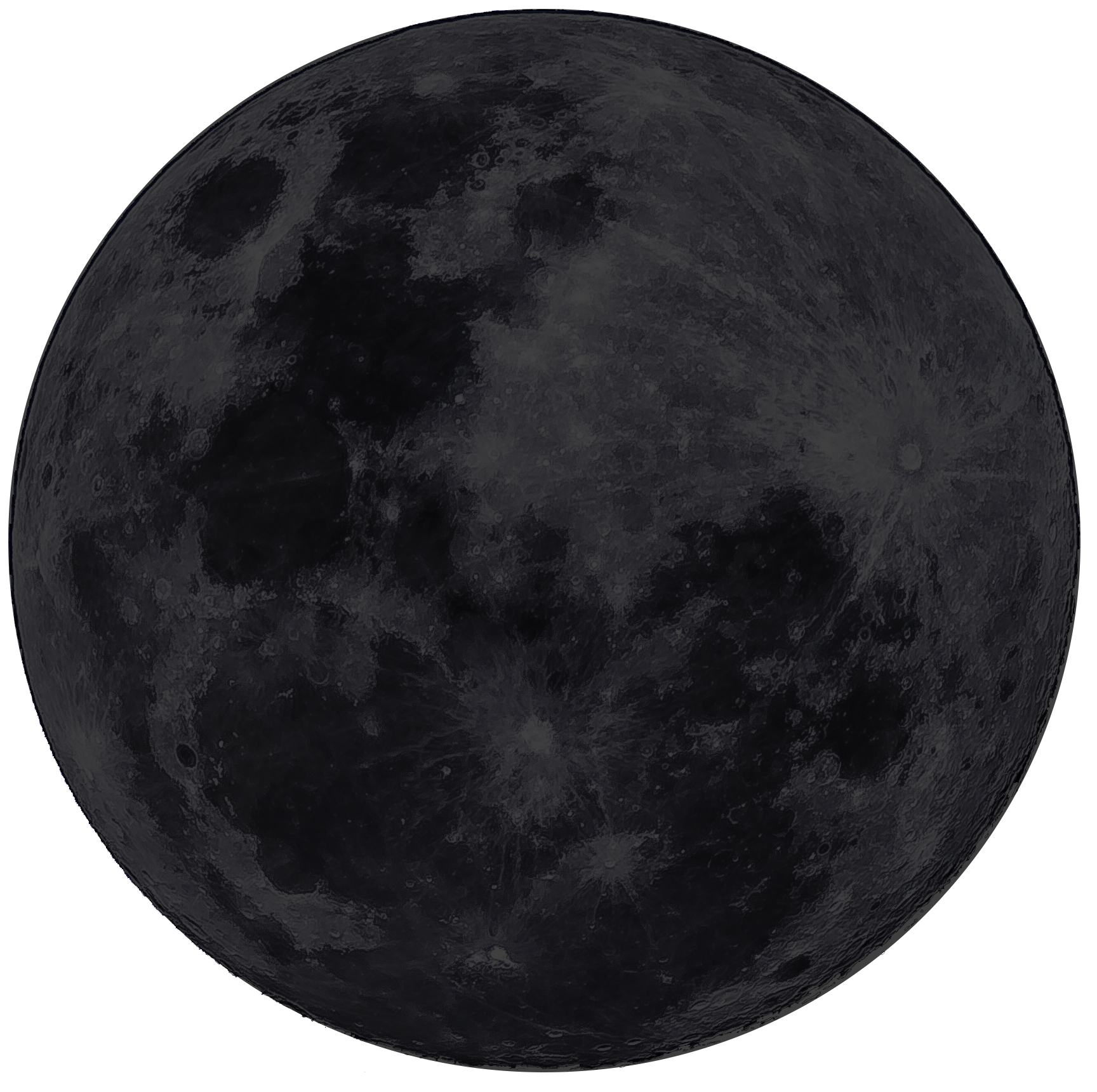| Date | Event | Time |
|---|---|---|
| 01 | Venus at greatest elongation west | 11:29 a.m. |
| 01 | Conjunction of the Moon and Mars | 05:49 p.m. |
| 01 | Close approach of the Moon and Mars | 06:52 p.m. |
| 02 | Venus at dichotomy | 05:31 a.m. |
| 07 | Moon at Apogee (Distance = 405,500.897 km) | 06:44 p.m. |
| 19 | Close approach of the Moon and Saturn | 09:11 a.m. |
| 19 | Conjunction of the Moon and Saturn | 11:58 a.m. |
| 21 | June solstice | 10:42 a.m. |
| 22 | Conjunction of the Moon and Venus | 04:35 p.m. |
| 23 | Moon at Perigee (Distance = 363,256.274 km) | 12:44 p.m. |
| 26 | Conjunction of the Moon and Mercury | 02:02 p.m. |
| 27 | June Boötid meteor shower (ZHR = var) | --- |
| 28 | Venus at highest altitude in morning sky | --- |
| 29 | Mercury at dichotomy | 05:25 a.m. |
| 30 | Conjunction of the Waxing Crescent Moon and Mars | 09:05 a.m. |
| 30 | Close approach of the Waxing Crescent Moon and Mars | 09:16 a.m. |
| 30 | International Asteroid Day | --- |

|
First Quarter | |
| Jun 03 | 11:41 AM | |

|
Full Moon | |
| Jun 11 | 03:44 PM | |

|
Last Quarter | |
| Jun 19 | 03:19 AM | |

|
New Moon | |
| Jun 25 | 06:32 PM | |
| Date | Mercury | Venus | Mars | Jupiter | Saturn | |||||
|---|---|---|---|---|---|---|---|---|---|---|
| Rise | Set | Rise | Set | Rise | Set | Rise | Set | Rise | Set | |
| Jun 01 | 05:34 am | 06:34 pm | 02:42 am | 03:03 pm | 10:33 am | 11:11 pm | 06:40 am | 07:35 pm | 01:23 am | 01:22 pm |
| Jun 11 | 06:24 am | 07:29 pm | 02:38 am | 03:05 pm | 10:17 am | 10:50 pm | 06:11 am | 07:06 pm | 12:45 am | 12:45 pm |
| Jun 21 | 07:05 am | 08:03 pm | 02:35 am | 03:10 pm | 10:01 am | 10:30 pm | 05:41 am | 06:36 pm | 12:08 am | 12:08 pm |
| Jun 30 | 07:24 am | 08:13 pm | 02:36 am | 03:16 pm | 09:47 am | 10:11 pm | 05:15 am | 06:10 pm | 11:29 pm | 11:33 am* |
* = following day
Figure 1: The view of the night sky featuring the prominent June constellations at 09:00 p.m. on 15 June 2025 using the Stellarium software. |
Ursa Minor, the Little Bear, is among the most identifiable constellations in the northern hemisphere. Its most distinctive feature is the Little Dipper asterism, with the tip of its handle marked by the North Star, Polaris, a triple star system consisting of a yellow supergiant and two smaller companions. Polaris, or Alpha Ursae Minoris, is the brightest star in the constellation and serves as a reliable navigation star in the Northern Hemisphere because of its comparatively fixed position near the North Celestial Pole. Other noteworthy stars in Ursa Minor are Kochab and Pherkad, referred to as the “guardians of the pole star”, which were formerly the pole stars due to the precession of Earth’s rotational axis. Despite being a relatively small and faint constellation, Ursa Minor contains several fascinating deep-sky objects. Included in the list are the Ursa Minor Dwarf, a dwarf spheroidal galaxy; NGC 6217 [Figure 2a], a starburst galaxy; and NGC 6251, an active supergiant elliptical radio galaxy. [2,3]
Known as the Herdsman, Boötes is a large northern constellation, ranking 13th in the sky in terms of size. It is renowned for hosting Arcturus, the fourth brightest star in the sky and the brightest in the north. This orange giant, located approximately 36.7 light years away from Earth, having an apparent magnitude of -0.05, marks the left foot of the Herdsman. Aside from its famous bright star, the constellation also boasts several noteworthy deep-sky treasures. These include the Boötes Dwarf Galaxy, a dwarf spheroidal galaxy, which is a satellite of the Milky Way, and the Boötes Void, a vast, nearly empty region of space that spans 250 million light years. NGC 5466, NGC 5676 [Figure 2b], and NGC 5248 [Figure 2c] are also situated in the constellation Boötes. [2,4]
Figure 2: The Northern Constellations |
Libra, Latin for scales, is a relatively faint zodiac constellation that is frequently linked to equality and justice. Its brightest star, Zubeneschamali (Beta Librae), shining at magnitude 2.61, is a blue dwarf around 185 lightyears distant from Earth. The next brightest, Zubenelgenubi (Alpha Librae), with a visual magnitude of 2.75, is a binary star system located about 77 light-years away. These two stars symbolize the beam of the scales, while the weighing pans are represented by the two stars, Zubenelhakrabi (Gamma Librae) and Brachium (Sigma Librae). Although Libra does not contain many distinguished deep-sky objects, astronomers remain interested in it. The constellation hosts the globular cluster NGC 5897, the unbarred lenticular galaxy NGC 5890, and the barred galaxies NGC 5792 and NGC 5885 [Figure 3a]. [2,5]
While not as famous or as bright as the other constellations, Lupus offers astronomers a wealth of stars and deep-sky attractions to explore. Its brightest star, Alpha Lupi (or Men or Kakkab), a blue giant star with an apparent magnitude of 2.30 and located around 460 light years from Earth, is among the nearest prospects for a supernova. The remnant of the supernova, SN 1006 [Figure 3b], the brightest star explosion recorded in history, can be found in Lupus. Other interesting deep-sky objects in Lupus are the globular clusters NGC 5927 and NGC 5824; planetary nebulae NGC 5882 and Retina Nebula (IC 4406) [Figure 3c]; and open clusters NGC 5822 and NGC 5749. [2,6]
Figure 3: The Southern Constellations |
The 5-day-old Moon and Mars will be in conjunction on 01 June at 05:49 p.m., separated by 1°23’. It will be followed by the two making a close approach, also referred to as appulse, passing within 1°16’ of each other, about an hour later. Both objects lie behind the background stars of the constellation Leo. The exact timing of their close approach can be observed in the night sky as shown in Figure 4; however, their conjunction will not be visible due to the Sun’s presence. [7,13,14]
Figure 4: The view of the night sky showing the appulse of the 5-day-old Moon and Mars on 01 June at 06:52 p.m. using Stellarium. |
The Moon and Saturn will be in close proximity on 19 June at 09:11 a.m., passing within 2°58’ of each other. On the same day, at 11:58 a.m., they will be in conjunction, with the Moon passing 3°23’ to the north of Saturn. The exact timing of these events will not be visible due to the brightness of the Sun, but their close pairing will be observable from 04:00 a.m. until they get lost in the glare of the Sun, with the Moon shining at magnitude -11.8 while Saturn is at magnitude 0.8. [Figure 5]. [7,15,16]
Figure 5: The view of the night sky showing the close pairing of the Moon and Saturn on 19 June at 04:00 a.m. using Stellarium. |
The Moon and Venus will share the same right ascension on 22 June at 04:35 p.m., with the Moon passing 7°10’ to the north of Venus. Both objects are located in the constellation Aries, with the Moon shining brightly at magnitude -10.5, while Venus is at magnitude -4.2. The two objects are already below the horizon at the exact timing of their conjunction, however, the pair can be seen above the eastern horizon from 04:00 a.m. the same day until they disappear in the Sun’s brightness [Figure 6]. On the other hand, the Moon and Mercury, lying behind the background stars of the constellation Cancer, will also share the same right ascension on 27 June, at 02:02 p.m., separated by 2°51’. Their conjunction, occurring during daytime, will not be observable, but their close pairing can be viewed at 07:00 p.m. until they sink in the western sky [Figure 7]. [7,17,18]
Figure 6: The view of the eastern sky showing the pairing of the Moon and Venus on 22 June at 04:00 a.m. using Stellarium. |
The Moon and Venus, shining brightly at magnitudes -10.7 and -4.4, respectively, will make a close approach, passing within 3°32’ of each other on 24 May, at 04:38 a.m. It will be followed by the Moon passing 3°59’ to the north of Venus at 07:51 a.m. Their close approach can be seen on the eastern horizon as shown in Figure 7, however, their conjunction, occurring during daytime, will not be observable. [17,18]
Figure 7: The view of the northwestern sky showing the close pairing of the Moon and Mercury on 27 June at 07:00 p.m. using Stellarium. |
On 30 June at 09:05 a.m., the Waxing Crescent Moon will pass 12’ to the north of Mars, as the two will, once again, be in conjunction. At about the same moment, these objects will approach closely, passing within 11.1’ of each other. The exact occurrence of these events will not be visible as the Moon and Mars are still below the horizon; however, their close pairing can be seen from 07:30 p.m. until they set on the western horizon [Figure 8]. [7,19,20]
Figure 8: The view of the western sky showing the close pairing of the Waxing Crescent Moon and Mars on 30 June at 07:30 p.m. using Stellarium. |
All the conjunctions and near approaches mentioned between the planet and the moon, or planet to planet, will be visible enough to fit within the field of view of a telescope and can also be viewed with the naked eye or using a pair of binoculars
Figure 9: The view of the western sky during the peak of the Daytime Arietid meteor shower on 07 June 2025 at 10:00 a.m. when the shower’s radiant is represented by the green solid circle. |
June Boötid is another annual meteor shower observable in June, active from 22 June to 02 July, with its peak activity on 27 June. The comet 7P/Pons-Winnecke is the parent body responsible for the meteor showers’ occurrence. The view of the meteor shower can be enjoyed once the radiant of the shower, located in the constellation Boötes, is rising above the horizon, from dusk until around 03:39 a.m. The radiant point will be at its highest in the sky around 08:00 p.m., therefore, the shower will be best seen in these hours [Figure 10]. Favorably, the Moon will be close to the new moon phase on the day of the shower’s peak, producing minimal interference throughout the night. [24]
Figure 10: The view of the northern sky during the peak of the June Bootid meteor shower on 27 June 2025 at 08:00 p.m., when the shower’s radiant is represented by the green solid circle. |
Meteor showers are observable through the naked eye, and no special equipment such as telescopes or binoculars is needed. Maximize the viewing experience by choosing a dark observation site away from the city lights under clear and moonless sky conditions.
Notes:
*following day
• All times displayed are in Philippine Standard Time (PhST)
References:
[1] PAGASA Special Publication No. 840; The Philippine Star Atlas 2019/Stellarium Software
[2] C. Guide, “Constellations: A Guide to the Night Sky.” https://www.constellation-guide.com/constellations-by-month/june-constellations/, Last accessed on 2025-05-20, 2025.
[3] Go Astronomy, “URSA MINOR CONSTELLATION” https://www.go-astronomy.com/constellations.php?Name=Ursa%20Minor, Last accessed on 2025-05-20, 2025.
[4] Go Astronomy, “BOOTES CONSTELLATION” https://www.go-astronomy.com/constellations.php?Name=Bootes, Last accessed on 2025-05-20, 2025.
[5] Go Astronomy, “LIBRA CONSTELLATION” https://www.go-astronomy.com/constellations.php?Name=Libra, Last accessed on 2025-05-20, 2025.
[6] Go Astronomy, “LUPUS CONSTELLATION” https://www.go-astronomy.com/constellations.php?Name=Lupus, Last accessed on 2025-05-20, 2025.
[7] Multi-Interactive Computer Almanac (MICA), Last accessed on 2025-05-20, 2025.
[8] D. Ford, “In-The-Sky.org Guide to the night sky: “Objects in your sky: Planets” https://in-the-sky.org/data/planets.php, Last accessed on 2025-05-20, 2025.
[9] D. Ford, “In-The-Sky.org Guide to the night sky: “Venus at greatest elongation west” https://in-the-sky.org/news.php?id=20250531_11_102, Last accessed on 2025-05-20, 2025.
[10] D. Ford, “In-The-Sky.org Guide to the night sky: “Venus at dichotomy” https://in-the-sky.org/news.php?id=20250601_11_100, Last accessed on 2025-05-20, 2025.
[11] D. Ford, “In-The-Sky.org Guide to the night sky: “Venus at highest altitude in morning sky” https://in-the-sky.org/news.php?id=20250531_11_101, Last accessed on 2025-05-20, 2025.
[12] D. Ford, “In-The-Sky.org Guide to the night sky: “Mercury at dichotomy” https://in-the-sky.org/news.php?id=20250628_11_100, Last accessed on 2025-05-20, 2025.
[13] D. Ford, “In-The-Sky.org Guide to the night sky: “Conjunction of the Moon and Mars” https://in-the-sky.org/news.php?id=20250601_20_100, Last accessed on 2025-05-20, 2025.
[14] D. Ford, “In-The-Sky.org Guide to the night sky: “Close approach of the Moon and Mars” https://in-the-sky.org/news.php?id=20250601_15_100, Last accessed on 2025-05-20, 2025.
[15] D. Ford, “In-The-Sky.org Guide to the night sky: “Close approach of the Moon and Saturn” https://in-the-sky.org/news.php?id=20250619_15_100, Last accessed on 2025-05-20, 2025.
[16] D. Ford, “In-The-Sky.org Guide to the night sky: “Conjunction of the Moon and Saturn” https://in-the-sky.org/news.php?id=20250619_20_100, Last accessed on 2025-05-20, 2025.
[17] D. Ford, “In-The-Sky.org Guide to the night sky: “Conjunction of the Moon and Venus” https://in-the-sky.org/news.php?id=20250622_20_100, Last accessed on 2025-05-20, 2025.
[18] D. Ford, “In-The-Sky.org Guide to the night sky: “Conjunction of the Moon and Mercury” https://in-the-sky.org/news.php?id=20250627_20_100, Last accessed on 2025-05-20, 2025.
[19] D. Ford, “In-The-Sky.org Guide to the night sky: “Conjunction of the Moon and Mars” https://in-the-sky.org/news.php?id=20250630_20_100, Last accessed on 2025-05-20, 2025.
[20] D. Ford, “In-The-Sky.org Guide to the night sky: “Close approach of the Moon and Mars” https://in-the-sky.org/news.php?id=20250630_15_100, Last accessed on 2025-05-20, 2025.
[21] D. Ford, “In-The-Sky.org Guide to the night sky: “June solstice” https://in-the-sky.org/news.php?id=20250621_07_100, Last accessed on 2025-05-20, 2025.
[22] D. Ford, “In-The-Sky.org Guide to the night sky: “Daytime Arietid meteor shower 2025” https://in-the-sky.org/news.php?id=20250610_10_100, Last accessed on 2025-05-20, 2025.
[23] IMO – International Meteor Organization. “List of Meteor Showers for Observation Session” https://www.imo.net/members/imo_showers/working_shower_list, Last accessed on 2025-05-20, 2025.
[24] D. Ford, “In-The-Sky.org Guide to the night sky: “June Bootid meteor shower 2025” https://in-the-sky.org/news.php?id=20250627_10_100, Last accessed on 2025-05-20, 2025.
For more information, call or email:
Ms. Ma. Rosario C. Ramos
Chief, SSAS - RDTD
PAGASA - DOST
Diliman, Quezon City
Trunkline: 8284-0800 loc 3015, 3016, 3017
Email address: astronomy@pagasa.dost.gov.ph
- JUNE 2025
- MAY 2025
- APRIL 2025
- MARCH 2025
- FEBRUARY 2025
- JANUARY 2025
- DECEMBER 2024
- NOVEMBER 2024
- OCTOBER 2024
- SEPTEMBER 2024
- AUGUST 2024
- JULY 2024
- JUNE 2024
- MAY 2024
- APRIL 2024
- MARCH 2024
- FEBRUARY 2024
- JANUARY 2024
- DECEMBER 2023
- NOVEMBER 2023
- OCTOBER 2023
- SEPTEMBER 2023
- AUGUST 2023
- JULY 2023
- JUNE 2023
- MAY 2023
- APRIL 2023
- MARCH 2023
- FEBRUARY 2023
- JANUARY 2023
- DECEMBER 2022
- NOVEMBER 2022
- OCTOBER 2022
- SEPTEMBER 2022
- AUGUST 2022
- JULY 2022
- JUNE 2022
- MAY 2022
- APRIL 2022
- MARCH 2022
- FEBRUARY 2022
- JANUARY 2022
- DECEMBER 2021
- NOVEMBER 2021
